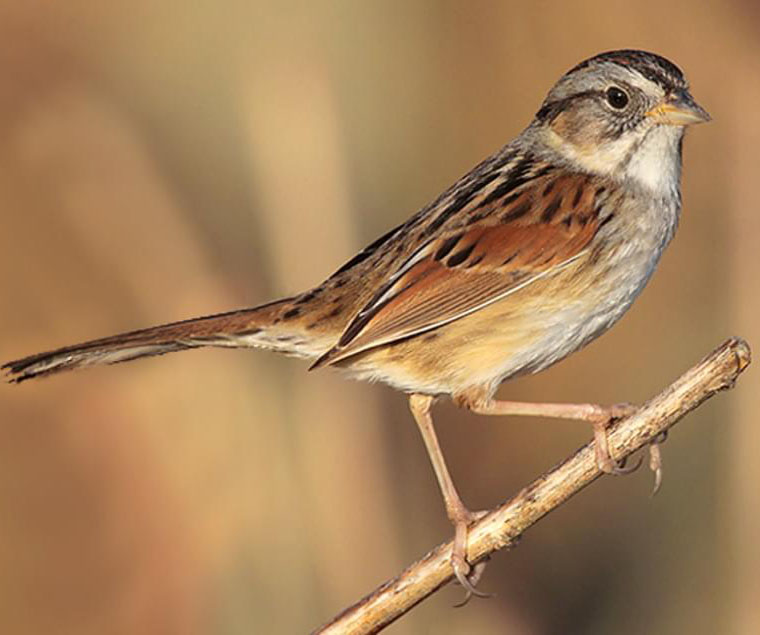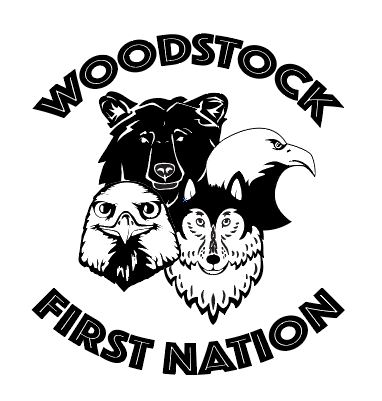Mus Wetland
For All of Us
A sanctuary for wildlife without further development and preservation.
Make a Donation
Join the Movement
Volunteers & Contributors
Dollars Raised
About Our Foundation
The area of interest for the Mus Wetland is located on the Trans-Canada Highway Route 1, adjacent to the Hodgdon Road in proximity of Woodstock First Nation Reserve No.23.
The Mus Wetland covers an area of approximately 11.5 acres. It has been proposed that it shall remain a sanctuary for wildlife without further development for preservation.

Restoration, Beautification and Interpretation of the MUS (Moose) Wetland
Wetlands are complex ecosystems that can improve water quality, provide natural flood control, diminish droughts, recharge groundwater aquifers and stabilize shorelines, depending on their type and on circumstances within a watershed. They often support a wide variety of plants and animals, including rare and endangered species, migratory birds and the young valuable fishes. Also, their beauty and diversity contribute recreational value.
Woodstock First Nation mission is to identify opportunities for restoration, maintenance, beautification and preservation of streams within the wetland area situated on the land of Woodstock First Nation by taking an active role in achieving the following goals.
Restoration of hydrologic function is the main goal of the Wetland restoration. In this restoration plan, 4 goals are addressed:
- Improve the water quality of the MUS Wetland
- Restore historic habitats; improve species/habitat richness(diversity), restore native plants, minimize disturbances to habitat and wildlife and minimize invasion of foreign plants
- Provide research and educational opportunities
- Offer passive recreational amenities with minimum impacts on restored wetland, ecosystem and impacts to nearby residents

All Current Campaigns
Volunteer
$5
$10
$50
$250
$500
Other
Our Top Priorities
- Improve the water quality of the MUS Wetland
- Restore historic habitats; improve species/habitat richness(diversity), restore native plants, minimize disturbances to habitat and wildlife and minimize invasion of foreign plants
- Provide research and educational opportunities
- Offer passive recreational amenities with minimum impacts on restored wetland, ecosystem and impacts to nearby residents
Our Partners & Sponsors


